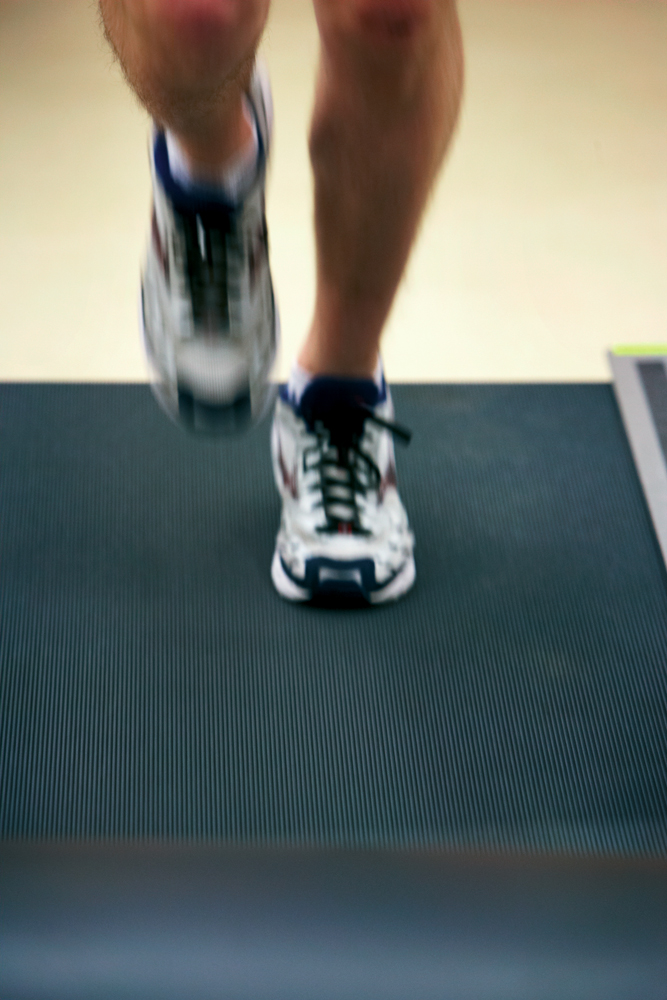
World record marathon runner Haile Gebrselassie will receive an honorary degree from the University of Birmingham, having collaborated for years with the institution’s sports scientists to optimise his nutrition.
The athlete was using a carbohydrate sports drink developed by the University when he set the current world record for the marathon in Berlin in 2008, in the startling time of 2:03:59.
Ethiopian Gebrselassie is widely considered to be the greatest distance runner in history. He has achieved many major competition wins, including Olympic and World championship titles, at distances from 1,500 metres to the marathon.
Professor Asker Jeukendrup ‘We have worked with Haile Gebrselassie at Sportex for a number of years and are delighted at the continuing success he has achieved. I have never seen an athlete more dedicated and at the same time so versatile. Our collaboration highlights the important role that science plays in modern elite sport.’
Gebrselassie’ strong connection to the University stems from his links with sports nutrition expert Professor Asker Jeukendrup and the team at the University’s School of Sport and Exercise Sciences. The athlete has been under the team’s guidance for a number of years to optimise his nutrition strategy. The team conducted experiments with Gabrselassie in Addis Ababa to devise a personalised sports drink. ‘We also did a lot of testing to study his respiratory symptoms that made him skip the Beijing Olympic marathon.’
Professor Jeukendrup, Director of the Human Performance Laboratory and an internationally renowned sports nutrition expert, explains: ‘We have a strong track record of more than ten years’ research in carbohydrate sports drinks for endurance sports such as marathon running, long-distance cycling events such as the Tour de France, and the triathlon. Recently, we have developed a drink based on a combination of carbohydrates that delivers 50 per cent more energy and 50 per more fluid to the athlete.’